Jacket, Sherbrooke Snow Shoe Club
Organization: Sherbrooke Snow Shoe Club
Address: 1900, rue Prospect, Sherbrooke, QC J1J 1K7
Region: Estrie
Contact: Stephen Moore, bluecroft(a)sympatico.ca
Description: Sherbrooke Snow Shoe Club winter jacket worn by John J. Penhale.
Year made: circa 1880s to 1890s
Made by: Tailored by either R.D. Morkill & Sons or Walter Blue; Material produced by the Paton Mills
Materials/Medium: Blanket cloth, trimmed with sash material
Colours: Light brown, red
Provenance: Sherbrooke Snow Shoe Club archives
Size: 91 cm x 53 cm x 60 cm across shoulders x 60 cm sleeves
Photos: Stephen Moore. Courtesy Sherbrooke Snow Shoe Club
Sherbrooke Snow Shoe Club Jacket
Stephen Moore
This fawn-coloured jacket, circa 1900, is a remnant of an age when workdays were long and leisure time was limited. Free time was precious and the Sherbrooke Snow Shoe Club (SSSC), founded in 1877, provided wintertime activities that conveniently combined sport with fellowship.
The uniform is an important historical artefact to the SSSC and the greater community. It is one item in an archive comprised of objects, photographs and documents relating to the history of what is believed to be the oldest, continuously operating snowshoe club in the world. The jacket is currently secured in a glass case and housed in the organization's clubhouse, which dates back to 1888. Erected a little more than a decade after the club was first organized in 1877, the clubhouse is situated on Prospect Street in Sherbrooke, Quebec.
This particular jacket belonged to John J. Penhale, the club’s 11th president who served during the 1900-1901 season. While the club has a number of old style uniforms in its archive, this is the only one that can be linked to a specific member. It is also the only jacket fully adorned with the ribbons and insignia of the late 1890s.
Born in England in 1865, John J. Penhale immigrated to Canada with his parents and settled in the community of Desjardins, in the township of Coleraine. John's father Matthew Penhale found employment in Megantic County’s asbestos industry. By the early 1890s, both father and son were involved in the business. Matthew Penhale was the manager of at least two mining entities in the area and John Penhale was employed as the superintendent of United Asbestos, and later as the manager of the Union Asbestos Mine. It was during this period that John relocated to the city of Sherbrooke, retaining his position in the asbestos industry and managing at a distance; perhaps travelling between the city and the mining district.
In Sherbrooke, John and his wife Alice Somers Penhale took up residence on Montreal Street, cohabiting with his brother-in-law, Thomas Somers. A number of the Somers had become members of the snowshoe club in the 1880s. In 1892, John became a member too and soon established himself among the governing hierarchy of the fraternity. During the 1894-1895 season, he served on the SSSC’s executive committee and continued to do so for a number of years. By 1897-1898 he was elected second vice-president, and first vice-president the following year. At the turn of the century, he became president, a position in keeping with his economic and social standing both within the club and the greater community.
Notwithstanding membership in and of itself, positions of authority during this era were dominated by the upper levels of society. Having club leaders who were also important figures in commerce, industry and/or politics was the norm, more so at this point in time than later periods in club history when leadership and membership became more egalitarian. John Penhale adequately met the contemporary criteria for serving as the club's president.
The SSSC’s uniform during Penhale’s time was comprised of a jacket, leggings of the same material, and a red toque. His uniform was fashioned from “blanket cloth” manufactured by Paton Mills, a large textile facility in the heart of Sherbrooke, and was tailored by either R.D. Morkill & Sons or Walter Blue, both prominent local enterprises whose owners were club members. The double-breasted jacket was trimmed with large red bands: one a few inches above the jacket’s hemline, another on each sleeve, and one inside the hood. All the seams, as well as edges of the epaulettes, collar, and hood were trimmed with thin red cordage. The hood was topped with a red tassel at the end of a drawstring, which extended out of the centre, as opposed to the sides as is usually the case. The leggings, if they had been retained, would also have been adorned with red strips along the outer seams in keeping with the style of the jacket.
The uniform was characteristic of those embraced by other clubs during this period. All were similar in material and design, the differences lying in colour variations and uniqueness of insignia, which helped to identify different club affiliations. The SSSC uniform represents the second generation of outerwear adopted by the club. Initial uniforms were made of white-coloured cloth, which proved to be impractical for “tramps” through the countryside because they were too easily soiled.
Like his contemporaries, John Penhale decorated his uniform jacket with badges and ribbons indicating rank and membership. Predominant on his left breast was the triangular-shaped club insignia patch, a design that has been maintained to the present time with only minor refinements. Annual ribbons of rank were sewn beneath the club patch, arranged chronologically, and characterized by two maroon bars and one of beige – a colour scheme that was continued for most of the twentieth century.
The numerous badges, pins, and ribbons on the jacket are indicative of Penhale’s participation in local competitions and his fraternization with other clubs. For example a pin (almost hidden beneath the left collar) and the ribbon (opposite the club insignia) reveal his involvement with the February 1909 world championship snowshoe races held in Sherbrooke.
Over the years, as many as six other snowshoe clubs have existed in Sherbrooke, namely St. Francis, East Sherbrooke, Tuque Rouge, L’Audacieux de Sherbrooke, La Dollard and Le Gounod, but the SSSC was the only English-speaking snowshoe club in the city. The SSSC is likely the more senior of the group: A Sherbrooke newspaper account from 1909 labelled it as “the oldest sporting club in the city.” Of all these clubs, the SSSC is the only one to have survived to the present day. This speaks volumes as to the strength and stamina of the club membership and its support from the English-speaking population of the city.
From the beginning, the SSSC was a willing participant in all competitions and activities associated with their sport. Through its lengthy and committed involvement with the French-language clubs, the SSSC demonstrated the linguistic co-operation that has become a Townships’ trademark. The SSSC forged a particularly strong and cordial relationship with the Tuque Rouge, the longest lasting of the French-speaking clubs. For decades, the clubs hosted one another on an annual basis, and informal parades or tramps were undertaken with great fanfare from clubhouse to clubhouse through the streets of the city.
In addition to the SSSC representing the English-speaking community in all the city's winter carnivals and sporting events, it also served Sherbrooke in the capacity of English-speaking ambassadors as members travelled to other cities in the province and to Ontario and the United States almost every season.
John Penhale’s SSSC jacket is emblematic of a vibrant fraternity built upon the foundations of sportsmanship and fellowship. The fact that the SSSC is the oldest sporting club in Sherbrooke bears witness to the tenacious spirit of English-speaking Quebecers, their commitment to community, and their cordial relationships with others. John Penhale and his uniform jacket likely travelled far and wide, and like the personality of the man himself, were a vibrant symbol of the English-speaking character of both the club of which he and the jacket represented and the city of Sherbrooke.
Sources
George E. Jobel, A Century of Fellowship, (100 year anniversary of the SSSC) 1977.
Sherbrooke Snow Shoe Club Fonds, Eastern Townships Resource Centre, Bishop’s University.
Sherbrooke Snow Shoe Club archives.
Lovell’s Business and Professional Directory of the Province of Quebec, 1890-91.
Eastern Townships Business & Farmers Directory, 1892.
Elwood Cemetery, Sherbrooke, Quebec www.internment.net/data/canada/qc/sherbrooke/elwood/index.htm
To Learn More
Thomas Drummond, “The Canadian Snowshoe,” Transactions of the Royal Society of Canada, section 2.3 10: 305-20, 1916.
S.F. Wise and D. Fisher, “Montreal,” Canada's Sporting Heroes: Their Lives and Times, 1974.
Hugh W. Becket, The Montreal Snow Shoe Club: Its History and Record with a Synopsis of the Racing Events of Other Clubs throughout the Dominion from 1840 to the present time, 1882.
Don Morrow, A Concise History of Sport in Canada, 1989.
Author
Stephen Moore is a freelance historical researcher and past president of the Sherbrooke Snow Shoe Club.


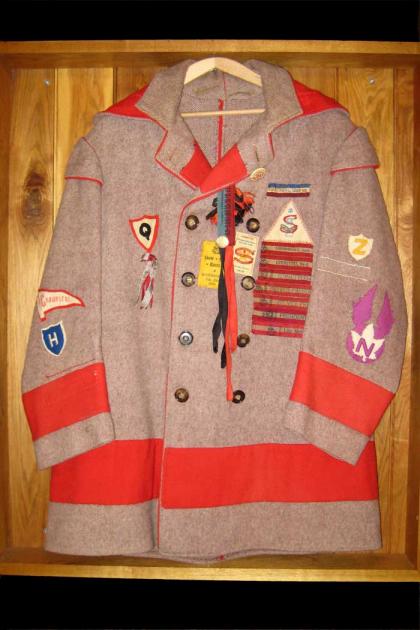
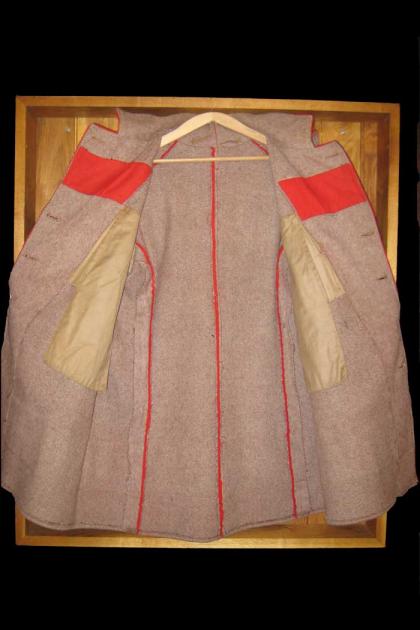
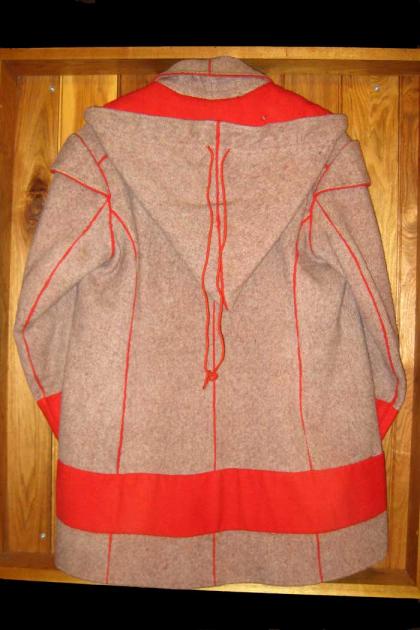
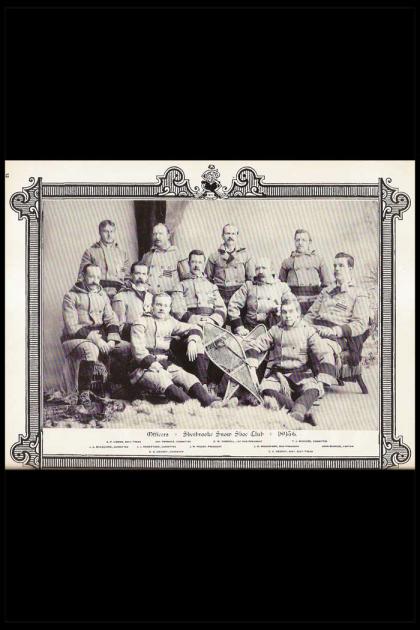
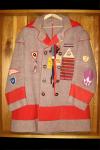
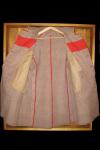
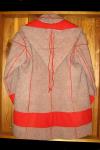
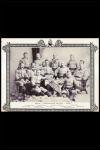
Comments
Jacket belonging to my grandfather ER (Bob) Richardson
I have in my possession a similar jacket, hat, sash, and red socks which were handed down to me. My grandfather was the head of Crown laundry, which established a division in Sherbrooke and had been founded in Westmount qc by his father William Sutherland Richardson. WS Richardson founded the Julius Richardson "Childrens "Hospital in the name of my grandfathers brother Julius Richardson, killed in WW1 at Ypres. I live in montreal and am a longstanding member of RedBirds Ski Club. Sincerely, Chris Edgell
SSSC
Hello Chris,
I just read your comment about possessing a SSSC jacket. Was it your grandfather's? Was he a member of the SSSC?
I remember the Crown laundry, as it was on King Street.
Could you send me a photo of the jacket? I assume you want to keep it for sentimental reasons, but if you ever want to dispose of it, the club would appreciate the opportunity of adding it to our archives.
If you ever have the chance to visit Sherbrooke, I would be glad to show you the clubhouse.
As well, may I extend an invitation to join us for one of our meetings during the regular season, from mid November to the end of February. Also, we are hosting a sugar-on-snow party on March 14th, to which you are cordially invited.
Thank you for responding to this site and for your interest in the SSSC.
Steve Moore
Add new comment